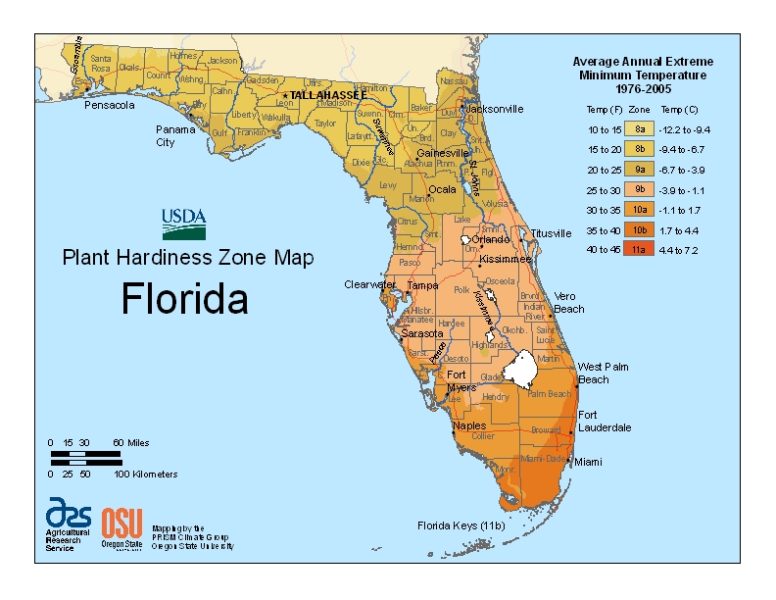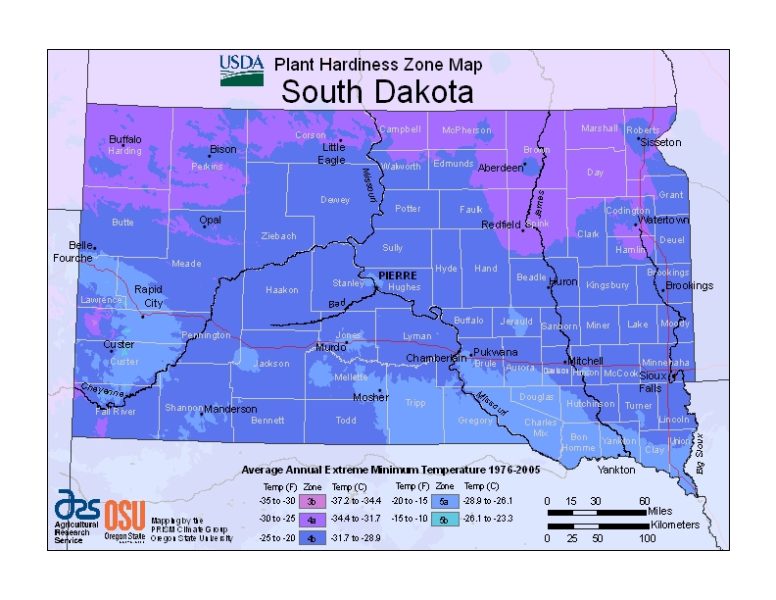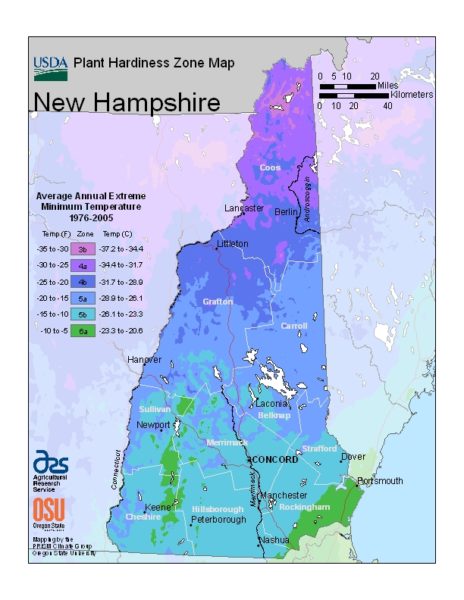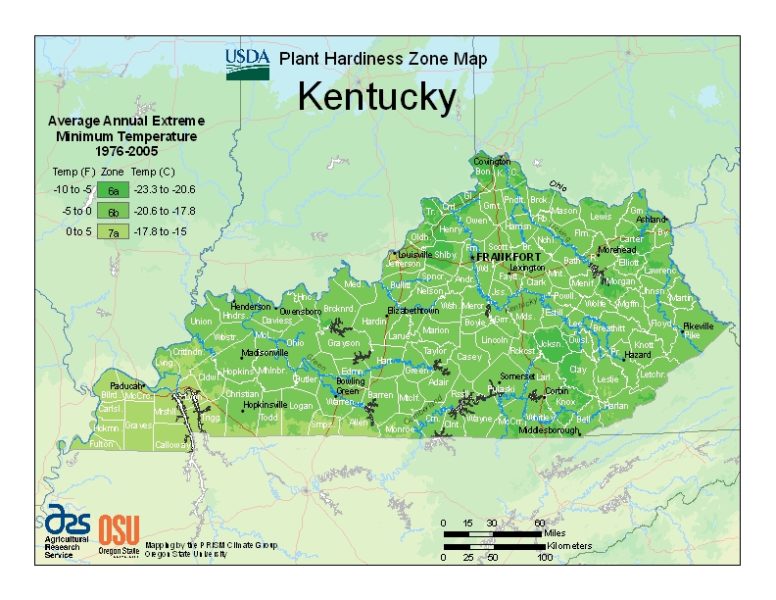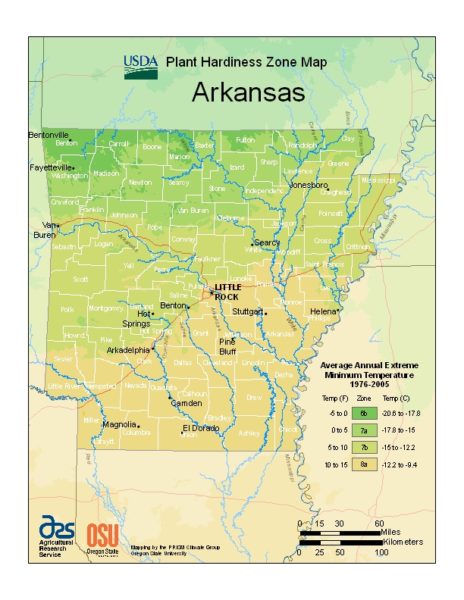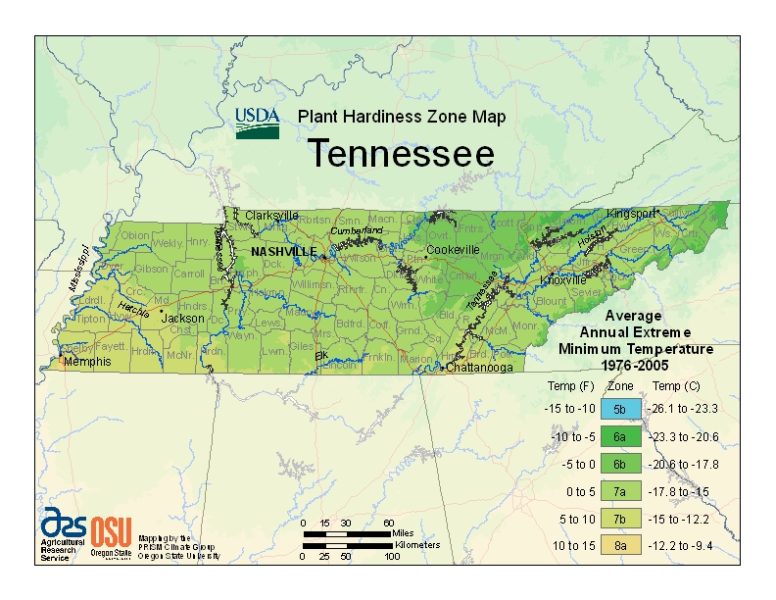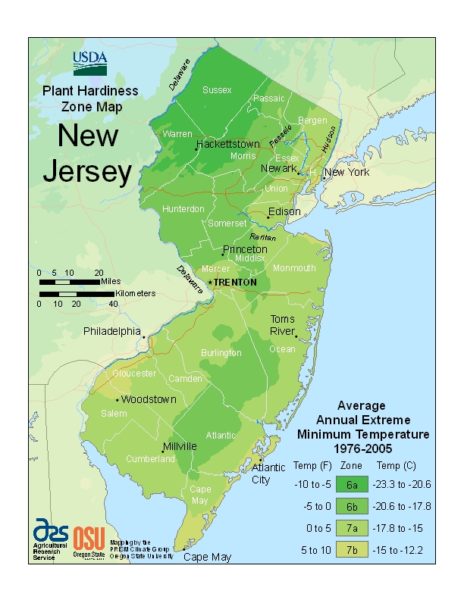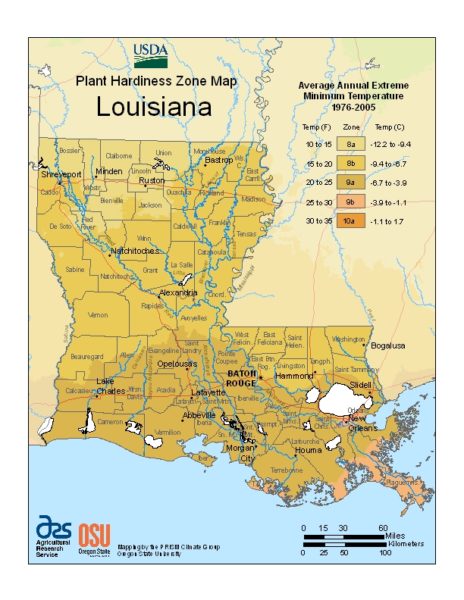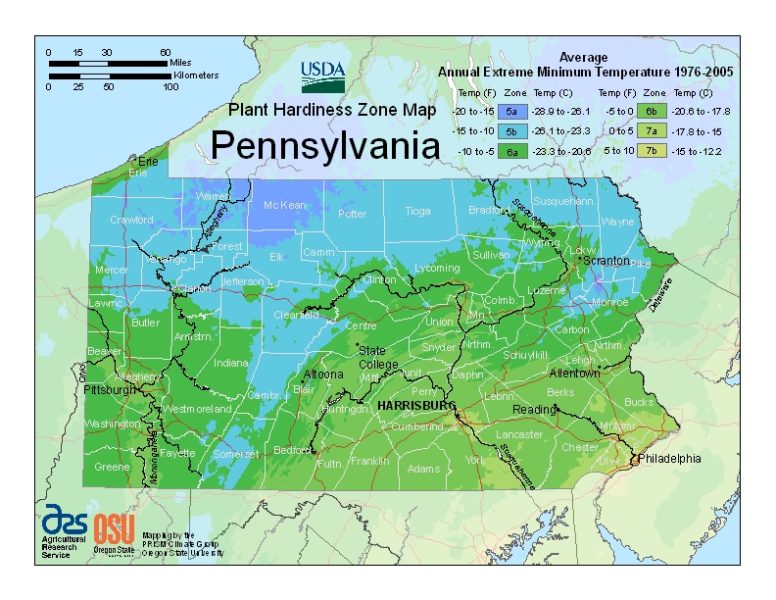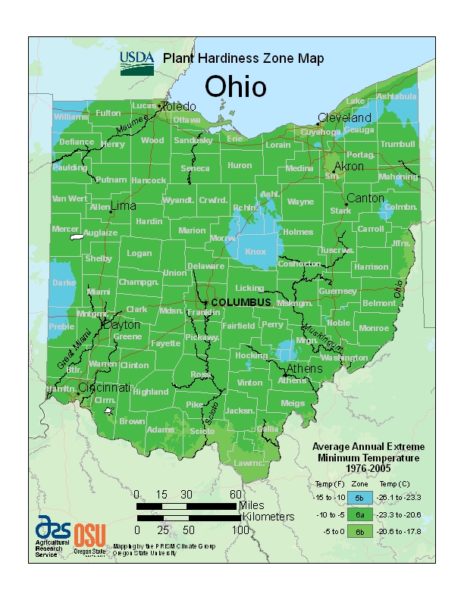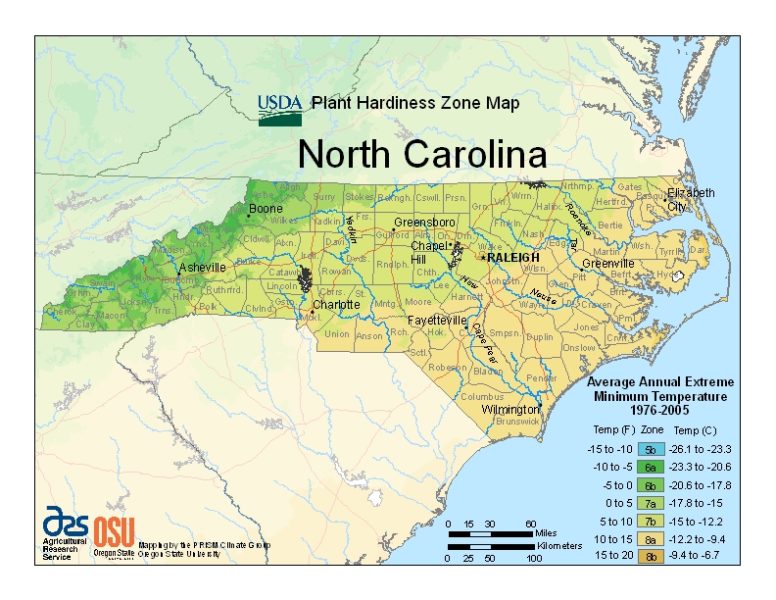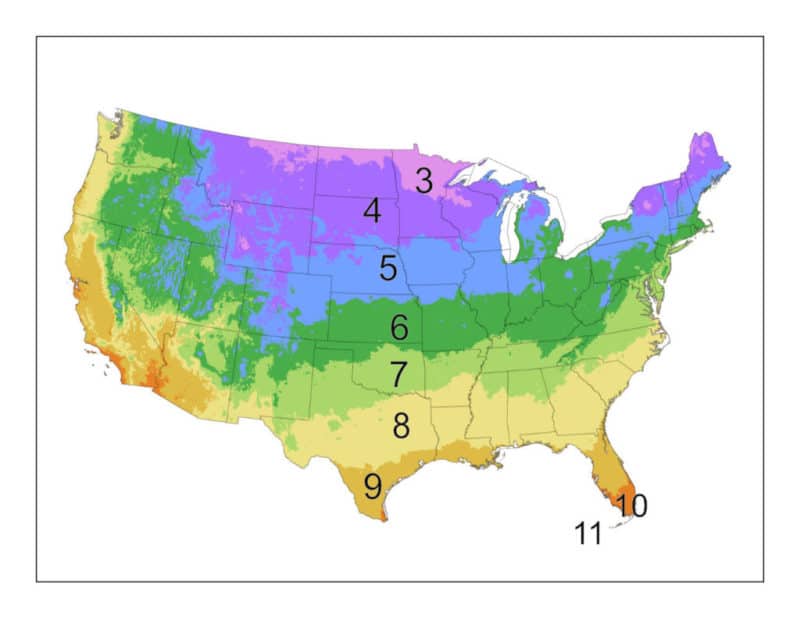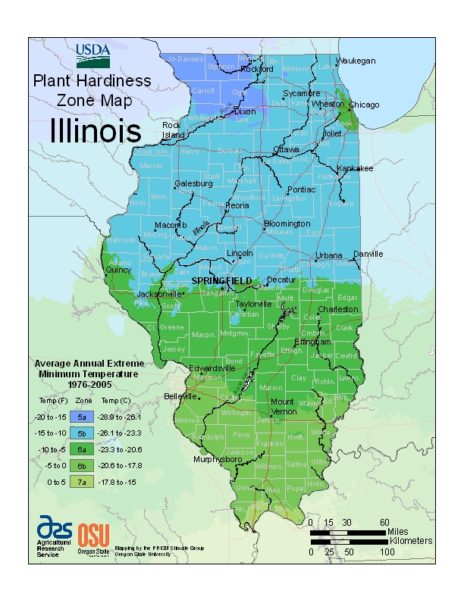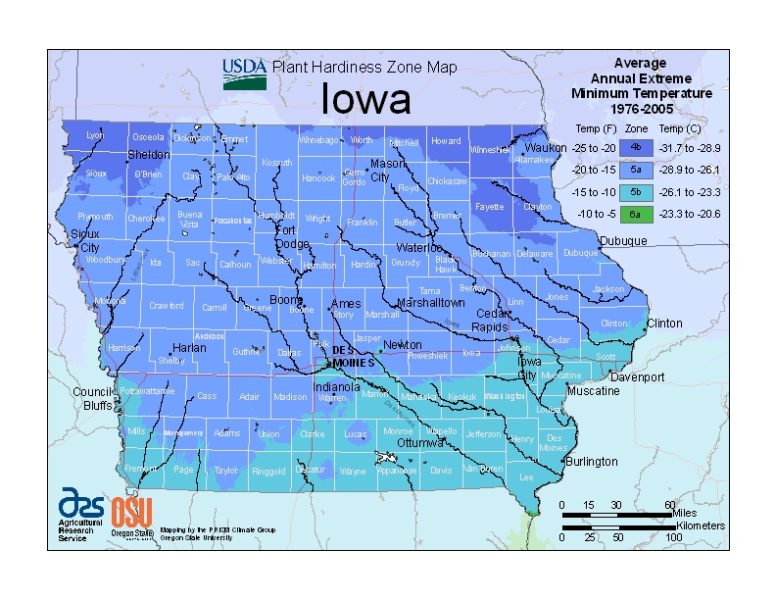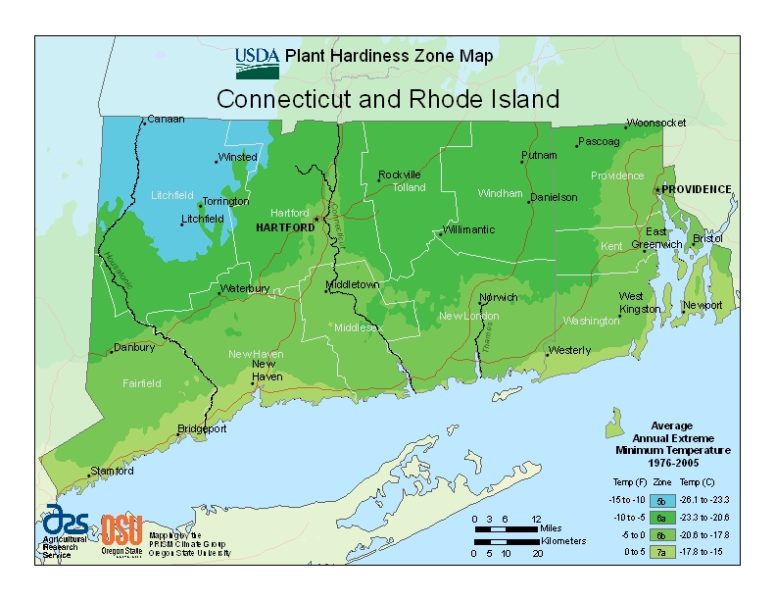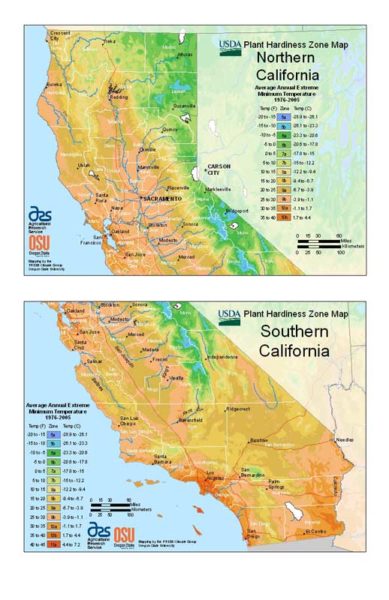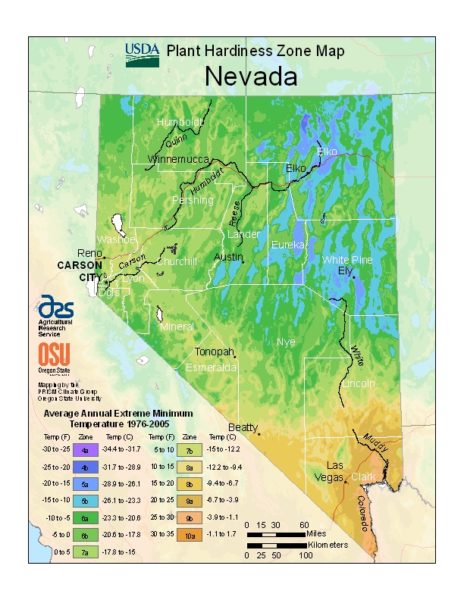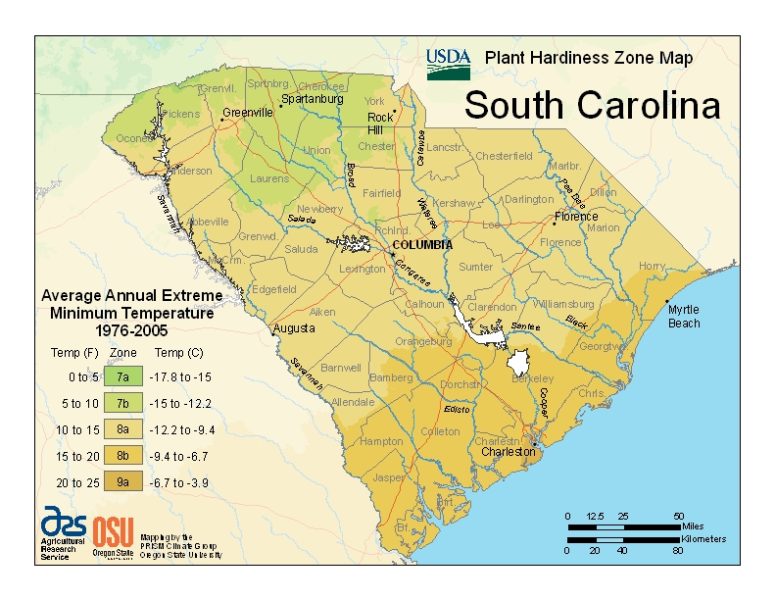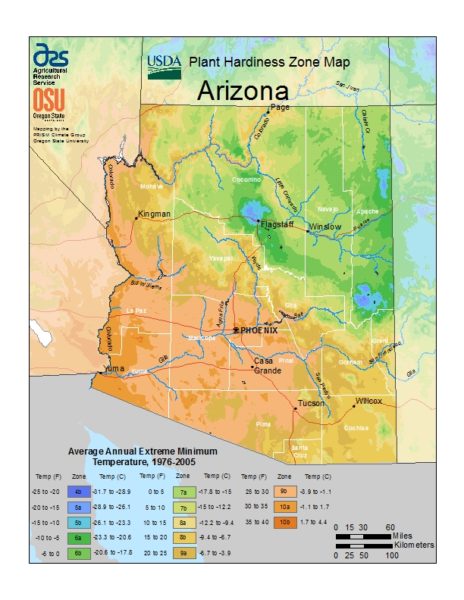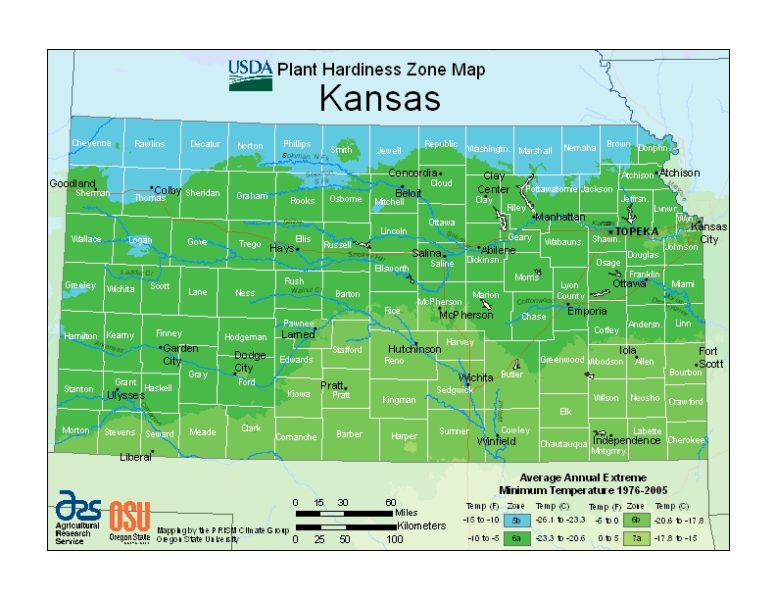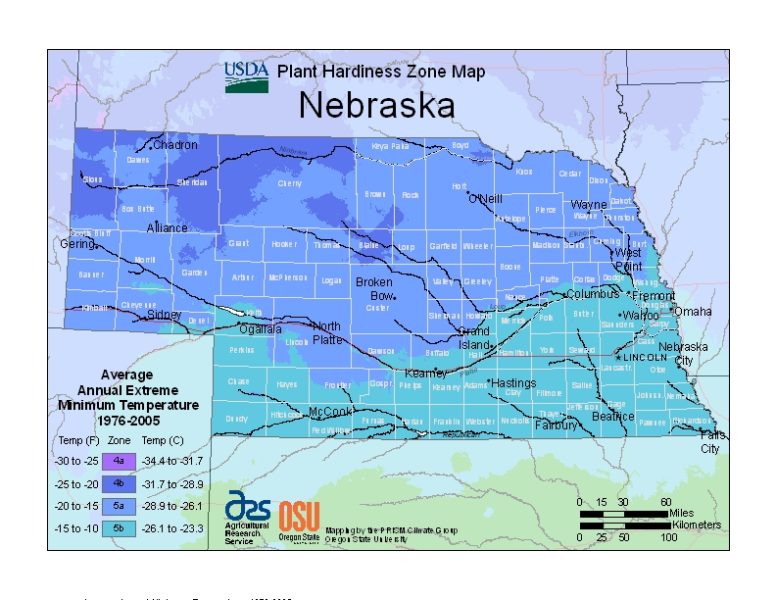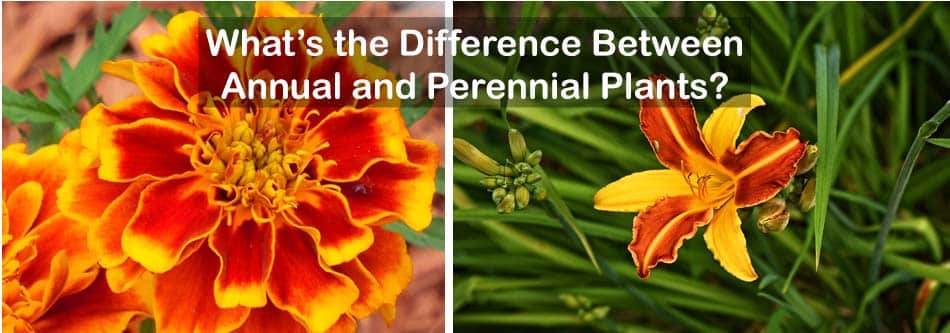
Annual and Perennial Plants – What’s the Difference?
We often find ourselves enchanted by the beauty of flowers and plants, whether in gardens, parks, or even our homes. Alongside this admiration, we come across terms like “annual” and “perennial” when it comes to plants, but what exactly do these terms mean? How do they differ? In this article, we will explore the characteristics and distinctions between annual and perennial plants, helping you understand the choices you have when planning your garden.
Introduction
When it comes to understanding plants, it’s vital to grasp their life cycles. Annual and perennial are two classifications based on a plant’s lifespan and behavior. Annual plants complete their life cycles within a single year, while perennial plants last for multiple years, continuing to grow and bloom throughout their lives. Let’s delve deeper into the specific characteristics of each type.
Understanding Plant Life Cycles
Plants, as living organisms, undergo complex life cycles that encompass various stages of growth, reproduction, and death. By understanding the differences in these life cycles, we uncover the disparities between annual and perennial plants.
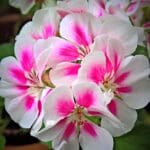 Key Characteristics of Annual Plants
Key Characteristics of Annual Plants
Annual plants are known for their short lifespan, typically thriving for only one growing season. Here are some key features of annuals:
Short-Lived Beauty
Annuals display their remarkable beauty in a swift and striking manner. Once they germinate and establish roots, they quickly grow, yielding flowers in a relatively short period. Their vibrant colors and lush foliage provide an instant decorative element to any garden.
Quick Growth and Flowering
Annual plants have an accelerated growth rate, allowing them to mature and flower rapidly. They are quick to reach their reproductive stage, attracting pollinators and adding charm to outdoor spaces within weeks or a few months.
Seed Production
Since annual plants complete their life cycle within a year, their primary focus is on producing seeds to ensure the next generation’s survival. Once they bloom and undergo pollination, their flowers give way to the development of seeds, putting their resources towards reproduction.
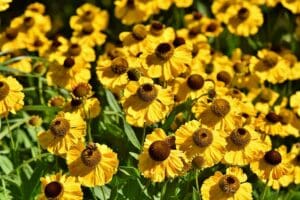 Key Characteristics of Perennial Plants
Key Characteristics of Perennial Plants
Perennial plants, in contrast to annuals, have a longer lifespan and exhibit certain distinctive traits. Let’s explore the key characteristics of perennial plants:
Longevity and Endurance
Perennials are known for their longevity and endurance. They can survive for multiple years, continuing to grow and bloom each season. This resilience allows them to establish strong root systems, making them more resistant to adverse weather conditions.
Slow Growth and Development
Unlike annuals, perennials have a slower growth rate. They take their time to establish a sturdy foundation, dedicating resources to root development and strengthening their structure. This slow and steady growth contributes to their enduring nature.
Flowering Patterns
Perennials often have specific flowering patterns, with some varieties flowering during certain seasons while others bloom all year round. This variety allows for a diverse and dynamic display of colors and textures in the garden throughout different times of the year.
Comparison of Annual and Perennial Plants
Now that we understand the fundamental characteristics of annual and perennial plants, let’s examine the differences between the two from various angles.
Lifespan
The most notable difference between annual and perennial plants is their lifespan. Annuals complete their lifecycle within a year, while perennials live for multiple years.
Growing Conditions
Annuals are generally more adaptable to a wide range of growing conditions. They can thrive in different soil types and have varying tolerance to temperature and moisture levels. Perennials, on the other hand, have specific soil and climatic requirements, with some species thriving in sunny areas and others prefer shade.
Maintenance and Care
Perennials usually require less maintenance and care once established. Their robust root systems help them survive harsh conditions and reduce water requirements. Annual plants, on the other hand, need regular watering, fertilizing, and deadheading to encourage continuous blooming.
Cost and Investment
Annual plants are often less expensive than perennial plants, making them an attractive choice for those seeking a cost-effective way to adorn their gardens. However, since annuals need to be replanted each year, the costs can add up. Perennials, though initially more expensive, are a long-term investment as they return year after year.
Variety and Aesthetics
Both annuals and perennials offer a diverse array of colors, shapes, and sizes. Annuals are known for their rich and intense hues, while perennials often showcase softer and subtler tones. Furthermore, annuals provide the flexibility to experiment with different arrangements each year, while perennials offer a more consistent and established aesthetic.
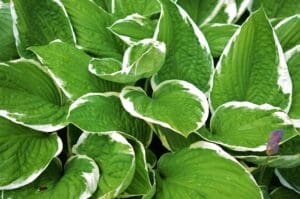 Ch
Ch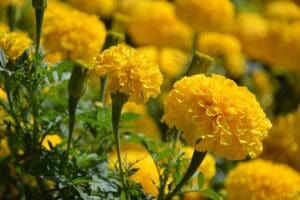 oosing Between Annual and Perennial Plants
oosing Between Annual and Perennial Plants
When deciding between annual and perennial plants for your garden, there are several factors to consider. Let’s explore the key considerations to help you make an informed choice.
Purpose and Duration
Consider the purpose of your garden and how long you want the plants to last. If you desire a temporary burst of color or want to experiment with different arrangements each year, annual plants may be ideal. If you prefer a more permanent garden with plants that return year after year, perennials are the way to go.
Climate and Region
Evaluate your climate and region to determine which plants are best suited for your area. Annuals with different tolerances for temperature and moisture levels may thrive in a broader range of climates. Perennials, however, often have specific requirements based on sunlight exposure, soil type, and regional temperature variations.
Time and Effort
Consider the time and effort you are willing to invest in your garden. Annuals require more frequent maintenance, replanting, and seasonal changes. Perennials, once established, demand less attention and can be a more hands-off choice for busy individuals.
Budget and Resources
Evaluate your budget and resources when making a decision. Annual plants are initially more affordable, but the costs of purchasing new plants each year can accumulate. Perennials may require a higher upfront investment but offer long-term returns with their ability to come back each year.
Conclusion
Annual and perennial plants each possess their distinct characteristics and advantages. Understanding the difference between annuals and perennials allows you to make informed decisions when planning your garden. Whether you desire a temporary burst of vivid colors or a garden that evolves year after year, this knowledge empowers you to create a flourishing outdoor space that suits your preferences and lifestyle.
Make sure to view our rank of the top online nurseries to buy perennial and annual plants.
Frequently Asked Questions
- Most Popular Spring Blooming Evergreen Shrubs - March 6, 2025
- UPDATE! Unboxing Houseplant From Perfect Plants Nursery - March 5, 2025
- Winter Landscape Tips: How To Get A Head Start On Spring - January 6, 2025

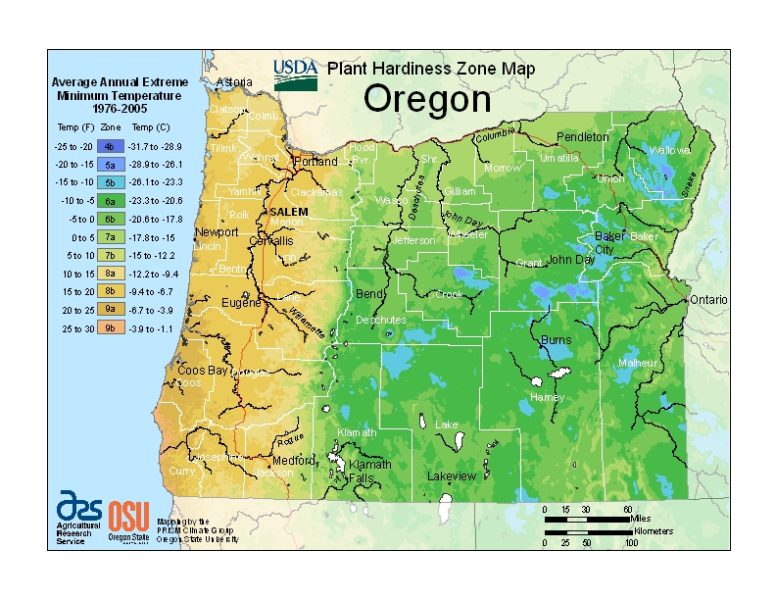
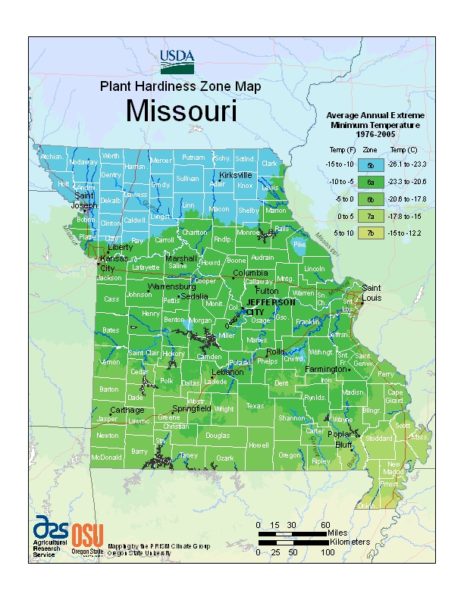
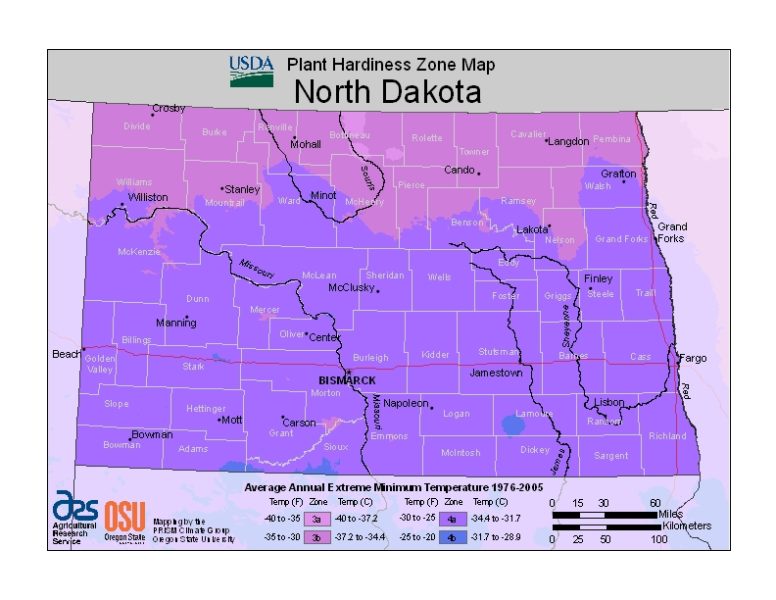
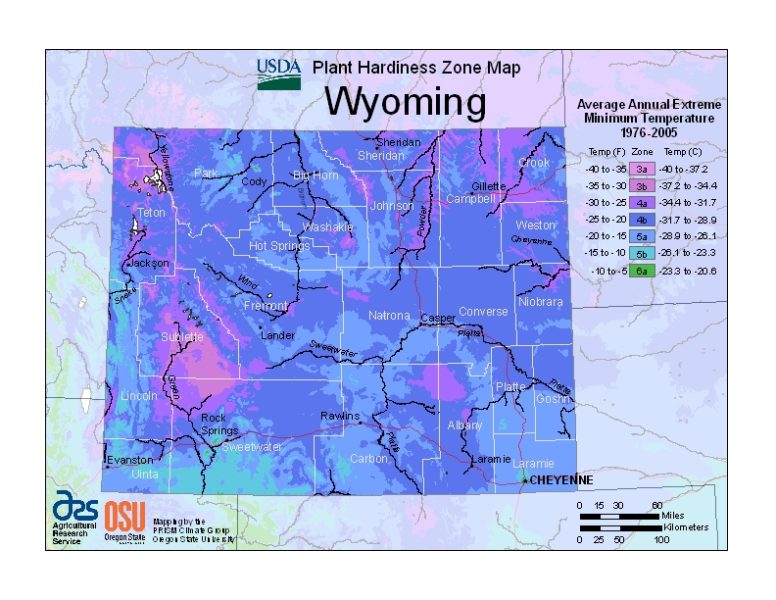
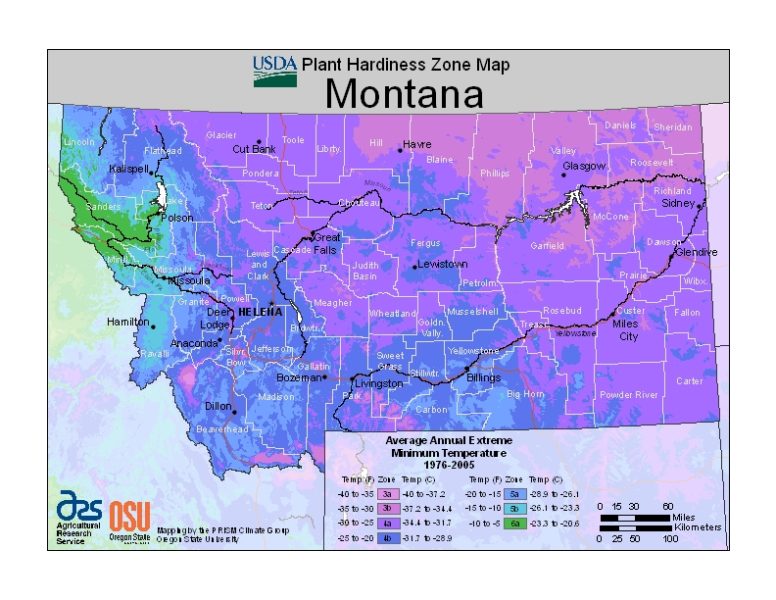

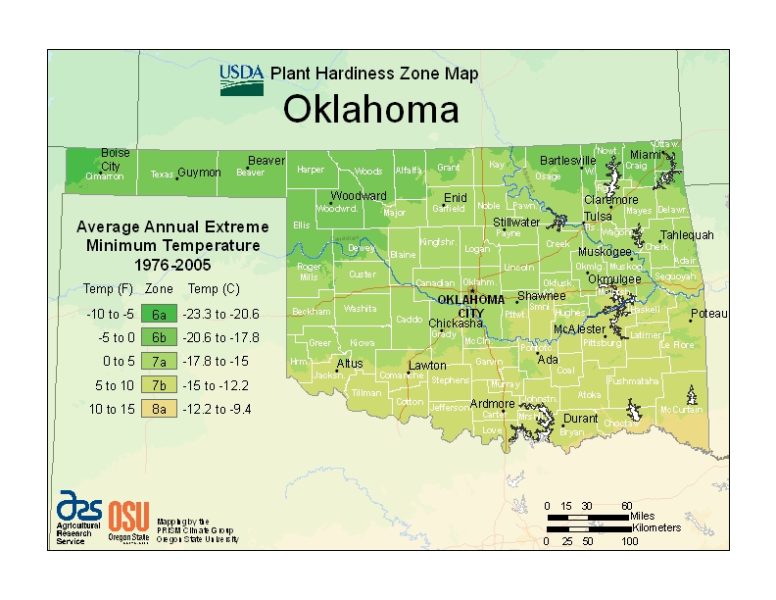
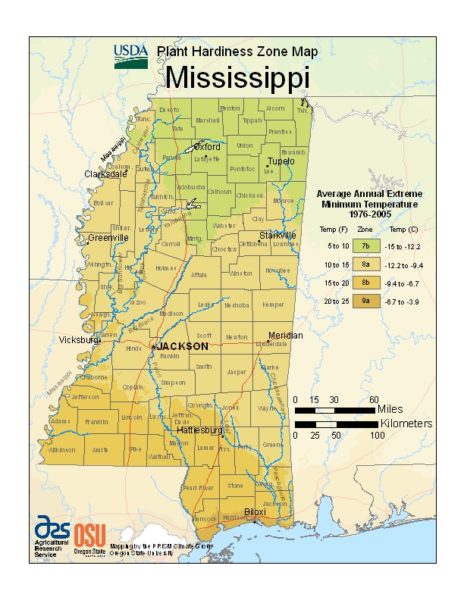
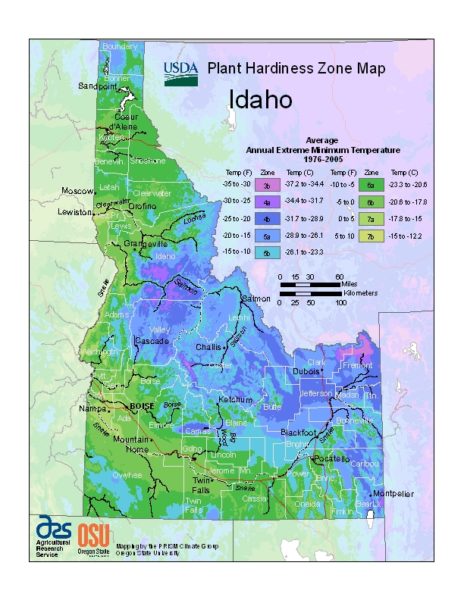
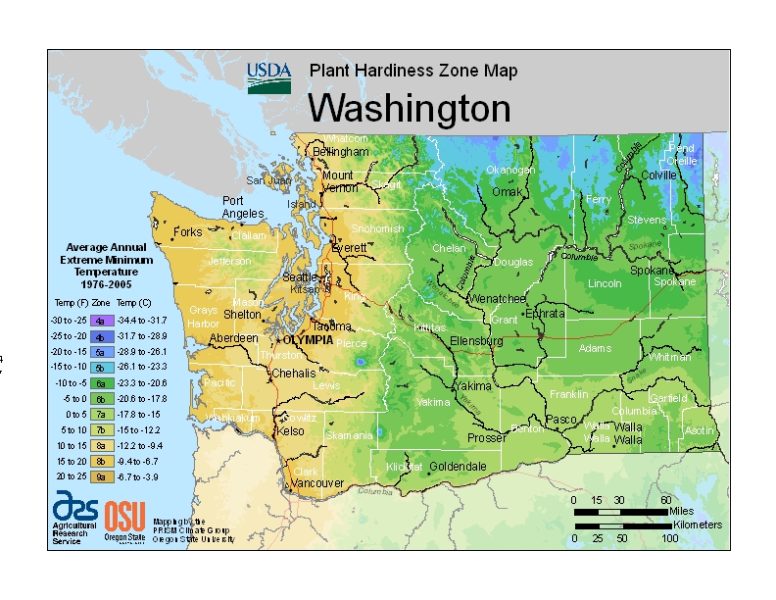



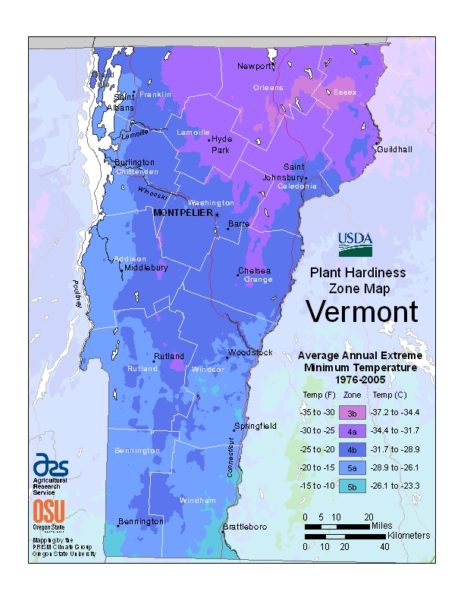

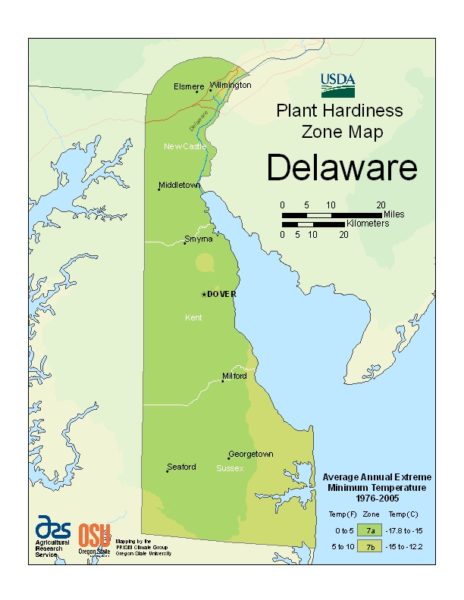
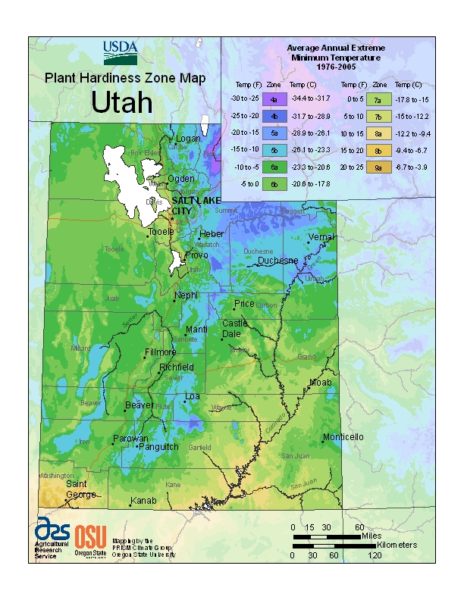
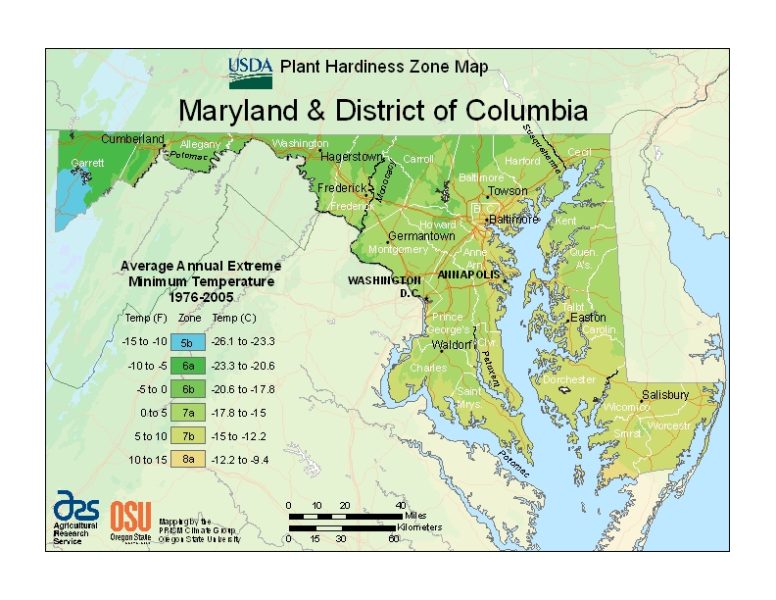
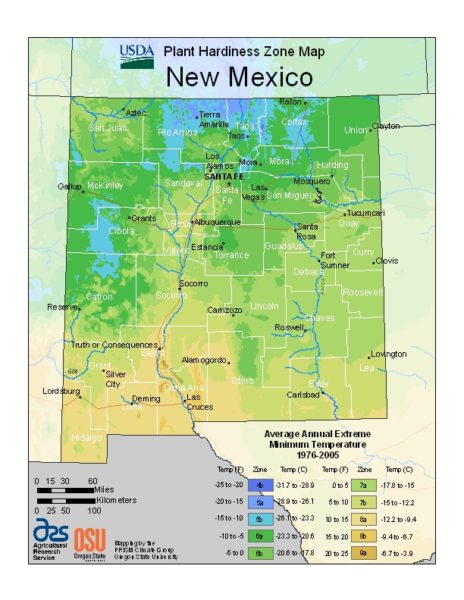

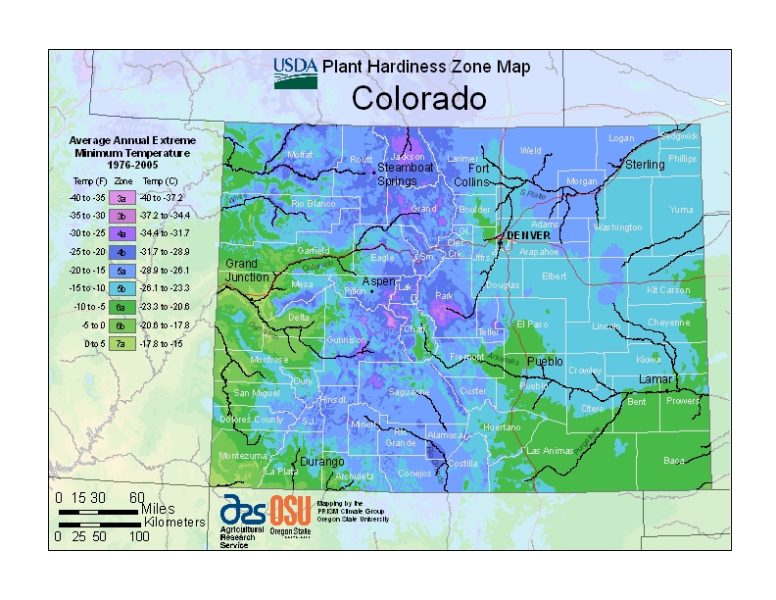
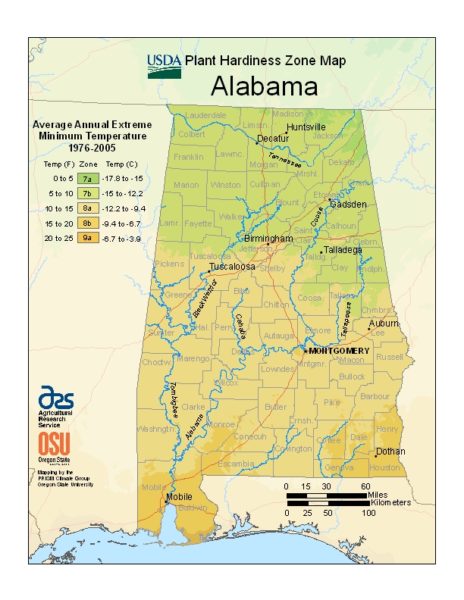

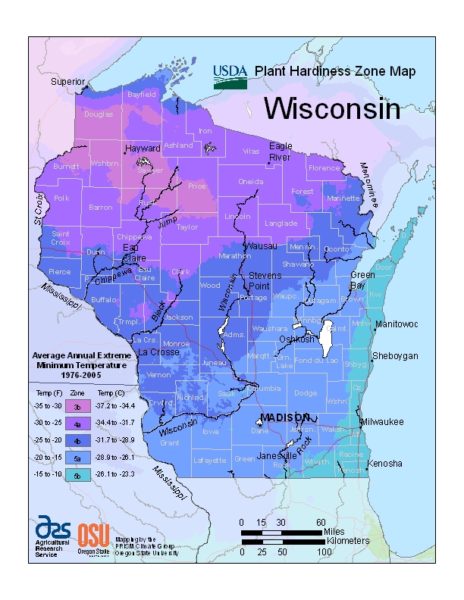 Wisconsin
Wisconsin